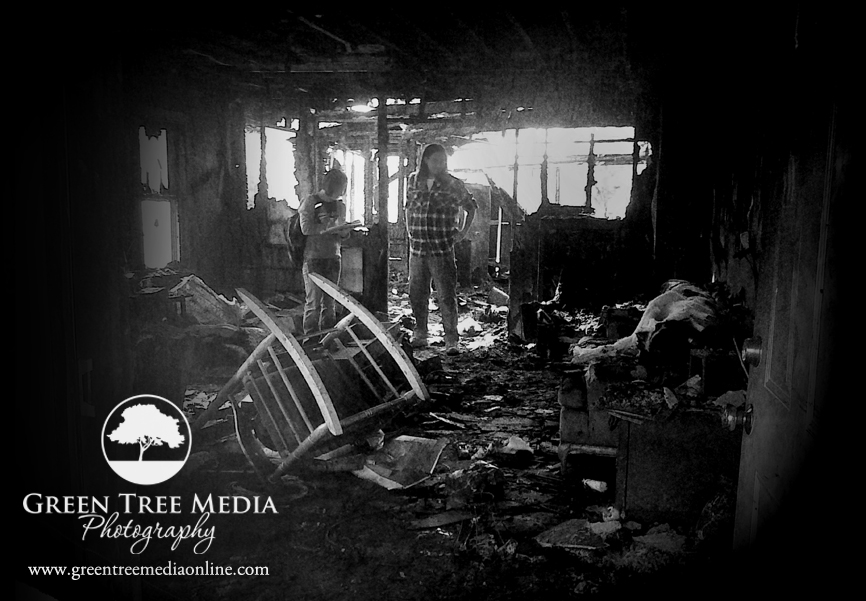12 Elements of a Strong Print Competition Piece
This summer I was honored to be asked to judge the Print Competition for the Decatur Camera Club at the Macon County Fair. I really enjoyed getting to view all the images the participants submitted, and they entered a lot of really exceptional photographs. This whole process got me thinking about Print Competitions on the professional level and the elements of what make a strong, competitive image.
As a member of the PPA, there are a variety of print competitions every year. A professionals goal is to enter their best images in hopes of achieving a high score and also to learn what they did wrong and how they can grow in their craft. Exceptional prints can earn merits and a Certified Professional Photographer can take these merits and hope to achieve that Master Photographer status. Though I’m not striving to become a Master Photographer at this precise moment – I do think it’s important to understand our shortcomings and how to make really exceptional artwork! So today I’m going to cover the 12 elements of a Merit image in Print Competition.

1. Impact
One of the first and most important things to consider when selecting and preparing a print for competition is Impact. This is the immediate sense or feeling the viewer gets upon seeing an image for the first time. Impactful images may evoke laughter, sadness, anger, pride, wonder or another intense emotion. Impact is also the type of thing that can be attributed to or part of any of the other 11 elements of an image.

2. Technical Excellence
Another key element to a strong print is Technical Excellence, which relates to the print’s quality as it is presented for viewing. This is a broad category and can include retouching, manipulation, sharpness, exposure, printing, mounting, and correct color. Again these are the initial observations that speak to the qualities of the physical print itself.
3. Creativity
Obviously photography is an artform. So it makes sense that Creativity is a crucial piece in the merit print process. Creativity is about the original, fresh, & external expression of the imagination of the maker and how that creativity is being used through the photograph to convey an idea, message, or thought.
4. Style
There are certain artists who have a unique sense of Style to their work. Their pieces are quickly and easily discernible as theirs because of the subject matter, color schemes, or lighting used. There are so many ways Style can be used to impact your work. And it’s vital to be aware of how it can impact an image – in a positive manner when the subject matter and the style are appropriate for each other, or in a negative manner when they are at odds.

5. Composition
Regardless of the medium you use, Composition is a valuable component of any strong art piece. Composition is what brings all of the visual elements together in order to express the purpose or message of the image. A well composed image holds the viewer’s attention in the image and prompts them to look exactly where the creator intended. Effective composition can be pleasing or upsetting, depending on the intent of the artist.
6. Presentation
Often under-valued – Presentation can have a major affect on an image by giving it a finished look. The mats and borders used, either physical or digital, should support and enhance the image, not distract from it. It is the polish and finishing touch to create your unique piece.
7. Color Balance
It is not only important for your images to have correct color, but Color Balance is also important to the strength of your image. While correct color relays to realism of the colors, Color Balance correlates to the harmony between colors in an image. Images where the tones work together, effectively support the image and can enhance its emotional appeal. But it doesn’t always have to be harmonious. It can be used in other ways to evoke diverse feelings for a specific effect.

8. Center of Interest
Center of Interest is the point or points on the image where the maker wants the viewer to stop as they view the image. This is essentially the subject matter or theme of the image. Obviously a portrait of a little girl – the child should be the center of interest. But if the child is within an image where there is a giant wolf overshadowing her – the wolf becomes our primary center of interest while the child becomes secondary. Occasionally there will be no specific center of interest at all when the entire scene collectively serves as the center of interest.
9. Lighting
We’ve discussed lighting in detail multiple times here on the journal, but it can never be stressed enough. Lighting is one of the most important pieces of your image. The use and control of light refers to how dimension, shape and roundness are defined in an image. Whether the light applied to an image is man-made or natural, proper use of it should enhance an image and help to tell or convey the message or story.
10. Subject Matter
Subject Matter should always be appropriate to the story being told in an image. If you are trying to share the message of the terrible conditions in slaughterhouses, you are going to want the subject matter to correlate to that. So showing the office area probably isn’t going to help you in creating a strong and impactful image.
11. Technique
We’ve talked about Technical Excellence – related to that is Technique. This is the approach used by the artist to create the image. Printing, lighting, posing, capture, presentation media, and more are part of the technique applied to an image.
12. Story Telling
Last but certainly not least – Story Telling. This refers to the image’s ability to get the viewer’s imagination going. One beautiful thing about art is that each viewer might collect his own message or read her own story in an image. This is kind of the whole point of art and photography. Simply taking a pretty picture isn’t enough. We need to be intentional and think about what message we are wanting to convey and what story we want to tell.

All of these are elements that a Professional Photographer should think about when creating their imagery. Certainly not every image we take is going to be award-worthy. But it’s definitely something we should always be striving for. If you are a professional or an aspiring photographer – I would encourage you to join a group. Seek critique. The only way to grow and improve in your craft is to show and share your artwork and receive criticism. It’s how we all continue to get better at what we do and how we continue to provide our clients with exceptional artwork!
 Previous post
Floyd Family Photography | Decatur, IL
Previous post
Floyd Family Photography | Decatur, IL

